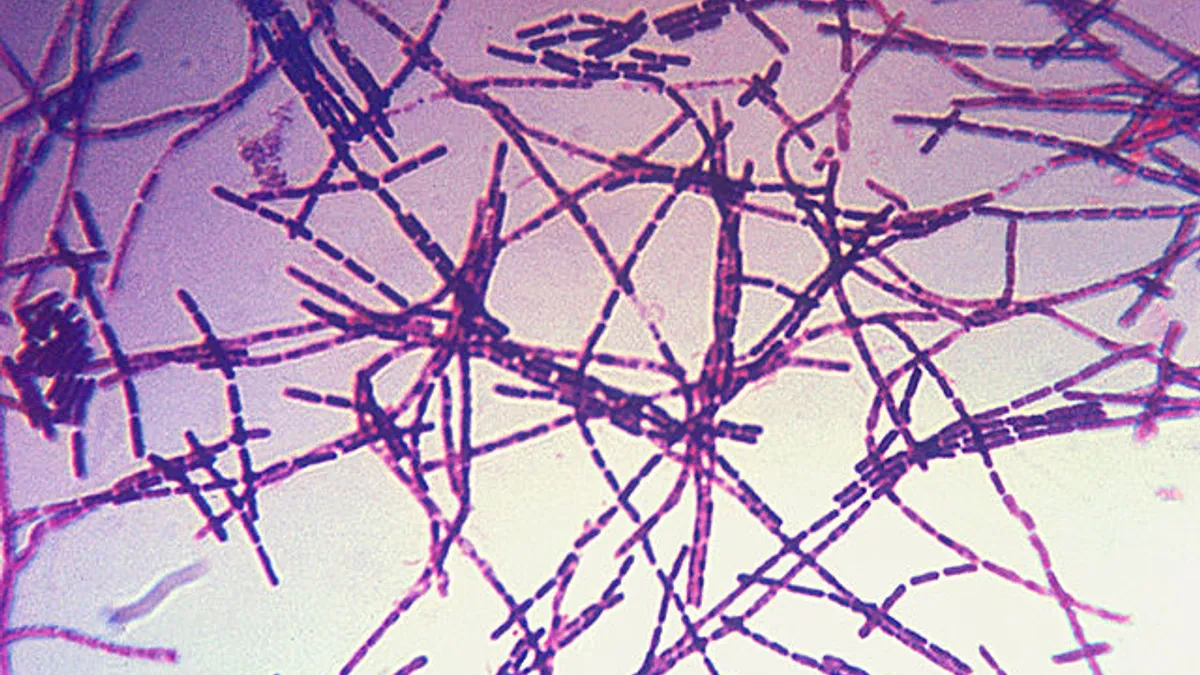Dive Brief:
- FDA on Friday issued a final rule that aims to clarify the pathway for tests that detect the presence in the body of the bacteria that causes anthrax, a potential bioterrorism threat. The rule classifies in vitro diagnostic devices for detecting the Bacillus bacteria into Class II with special controls.
- The agency will continue to require a 510(k) premarket notification for the tests. The rule is intended to guide manufacturers on requirements including testing criteria and how to address safety risks for lab workers.
- FDA also issued a final rule to classify posterior cervical screw systems used in spinal fusion surgery into Class II, with special controls, and to continue to require a 510(k) premarket notification for the devices.
Dive Insight:
Bacillus bacteria tests have previously been unclassified because they were in commercial distribution prior to May 28, 1976, when the Medical Device Amendments to the Federal Food, Drug and Cosmetic Act were signed into law. As "preamendment devices," there was no final agency determination about the testing criteria required or the regulatory pathway to use for the devices before the final rule.
The final rule is intended to ensure manufacturers provide consistent information on testing criteria and performance evaluations for bringing new Bacillus bacteria detection devices to market, according to FDA.
"This final rule helps manufacturers who market these products understand the requirements, including testing criteria and how to address potential safety risks for lab workers using the devices, to ensure availability of safe and effective diagnostic tests in the face of bioterrorism threats," FDA Commissioner Scott Gottlieb said.
To reduce the risk to lab workers of exposure to anthrax from handling the specimens, FDA said it is also restricting distribution of the products to laboratories that follow public health guidelines to address appropriate biosafety conditions, interpretation of test results and coordination of findings with public health authorities.
FDA's other final rule revises identification language for posterior cervical screw systems and establishes special controls for the devices. A posterior cervical screw system is used to immobilize and stabilize the cervical spine in spinal fusion surgery. The controls specify that:
- Design characteristics must ensure that the geometry and material composition of the device are consistent with its intended use.
- Nonclinical performance testing must demonstrate mechanical function and durability of the implant.
- Device components must be biocompatible.
- Validation testing must demonstrate the cleanliness and sterility of device components and device-specific instruments.
- Device labeling must include a clear description of the technological features of the device, the intended use and indications for use, and certain specified device-specific warnings, precautions and contraindications.
Both final rules become effective 30 days after publication in the Federal Register.











